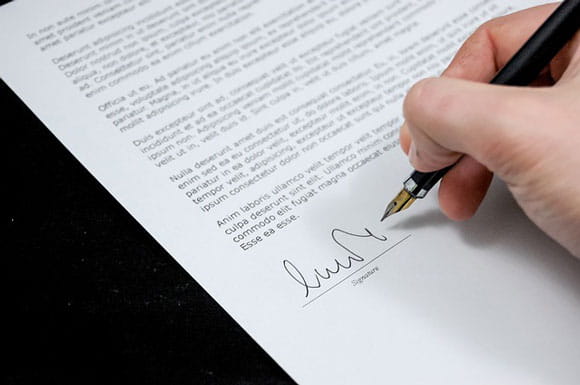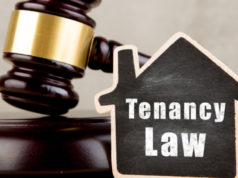A leave and licence agreement is a legal document that enables one party to allow another party to use their immovable assets, i.e., property, for a specific period without any change in the ownership of the asset. Leave and licence agreements are commonly used among landlords and tenants in India especially in the rental housing segment. In the commercial realty segment, however, the use of lease agreements is more common.
A lease creates in favour of the tenant an exclusive interest in the property, while a leave and licence agreement does not create any interest in the property towards the tenant.
Differences between lease and leave and licence agreement
- A lease creates an interest in the property, unlike a leave and licence agreement.
- A lease grants a tenant with exclusive possession, while a leave and licence agreement only grants permission to occupy the property.
- Licences are revocable; leases are not.
- Leases are not determined by the grantor, while licences are.
- Leases are transferable while licences are not.
- A lease creates inheritable rights, unlike licences.
Leave and licence agreement: The legal definition
While various courts have, from time to time, elaborated on the legal concept, the basis of the leave and licence agreement is found in the Indian Easements Act, 1882.
“Where one person grants to another, or to a definite number of other persons, a right to do, or continue to do, in or upon the immovable property of the grantor, something which would, in the absence of such right, be unlawful and such right does not amount to an easement or an interest in the property, the right is called a license,” reads Section 52 of the Indian Easements Act.
According to the Supreme Court (SC), if a document gives only a right to use the property in a particular way or under certain terms, while it remains in the possession and control of the owner thereof, it will be a license. Basically, no interest in the property is transferred to the tenant.
“The legal possession, thereof, continues to be with the owner of the property but the licensee is permitted to make use of the premises for a particular purpose. But for this permission, his occupation would be unlawful. It does not create in his favour any estate or interest in the property,” the SC said.
Since no easement right is granted, the landlord can revoke the permission granted to the tenant at will. In cases where the landlord wants to let out his property for short periods, working out a rental agreement on the basis of a leave and licence agreement, gives them the freedom to do so. This is also beneficial for the tenant, as they do not have to serve long notice periods to vacate the place.
Source: Housing News










